After a rough July jobs report, Trump promptly fired the head of the Bureau of Labor Statistics, claiming without evidence that the data was “rigged” to hurt him. If his skin wasn’t thin enough already, he then had a meltdown in response to Sen. Elizabeth Warren’s remarks on CNBC’s "Squawk Box." Warren rightly called him out for failing to live up to his economic promises and raised concerns that he would install “some sycophant who’s going to give data that makes the president happy” as BLS commissioner. “Trump ran for office saying he’d lower costs on day one,” Warren told CNBC. “Cost of groceries are up, cost of housing is up, cost of health care is up. And where is Donald Trump?”
Trump’s response? A multipost rant in which he called Warren a “LOSER!” and demanded CNBC “Call her out!!!”
Though the president consumes a lot of cable news, it is rare for an interview to provoke this much ire from him. But the truth hurts. Trump’s assault on independent government statistical agencies alone has far-reaching implications for the reliability of U.S. economic data. And the president faces another, more immediate problem: If he is planning to fire anyone who brings him bad economic news, he may soon run out of messengers to shoot.
Economists, analysts and executives were quick to sound the alarm in April when Trump announced sweeping tariffs on nations across the world. The stock market tanked and bond yields surged, prompting Trump to quickly walk back his most draconian measures, while still leaving overall tariffs at their highest level since the Great Depression. When the economy did not immediately collapse, Trump quickly declared victory — but it was short-lived. Last week’s slew of economic data made evident that Trump’s agenda is strangling growth, raising costs and killing jobs.
Under the hood, the labor market is stuck in neutral and the private sector is stagnating. A labor market that looked surprisingly resilient in the face of Trump’s erratic trade wars suddenly is showing significant cracks. The economy added just 73,000 jobs last month, and job growth in May and June was revised downward by 260,000 jobs, as well.
Far from the industrial renaissance Trump promised, manufacturing jobs have fallen every month since May and construction jobs have been flat. Businesses are doing exactly what they’ve been warning they would: freezing hiring and cutting back amid growing pessimism about current and future economic conditions. Long-term unemployment (workers jobless for 27 weeks or more) has risen by more than 300,000 since March, matching a rise of continuing unemployment claims.
Trump’s chaos is also dragging on economic growth. Though second quarter gross domestic product came in at a solid 3% clip, compared to the 0.5% contraction in the first quarter, that headline number masks the underlying weakness. In the first quarter, consumers and businesses raced to import as many goods as possible to get ahead of Trump’s tariffs; in the second quarter, the trend reversed, with consumers pulling back on spending and businesses selling down their newly stockpiled inventory. Investment plummeted and “core” GDP fell below the first quarter, a clear sign of economic deceleration. Declining consumer spending is concerning for an economy that runs on pocketbooks. Low-income workers are being hit the hardest, with wage growth slowing the most for those who can least afford it and more subprime borrowers turning to debt to continue fueling spending.
After years of high prices, consumer fatigue is understandable. Americans overwhelmingly want Trump to focus on bringing prices down. Instead, his broad-based, indiscriminate tariff policy is doing the opposite. Retail price increases were initially more muted than most economists predicted. To hold off price hikes, businesses worked through the stockpiles accumulated in the first quarter and paid the costs themselves temporarily while waiting for Trump’s trade policy to resolve.
Now, though, price hikes are showing up in hard data and at the cash register. Last week’s personal consumption expenditures price index for June, the Federal Reserve’s preferred measure of inflation, increased by 2.6% compared to a year ago, with the “core” measure rising by even more. In earnings calls, companies like Proctor & Gamble and Adidas are telling investors that they will have to start hiking their prices. Several warned about coming pain for the back-to-school and holiday seasons as inventories have been depleted.
A little more than halfway into the first year of his second term, Trump’s economic approval rating is underwater. It’s not hard to see why. As Warren pointed out, he promised to lower prices, bring back American manufacturing and raise wages. Instead, he has frozen consumers, businesses and workers in place as he uses trade policy to bully allies and secure gifts for himself. The American economy has been remarkably resilient in the post-pandemic period, and many recession predictions have failed to pan out. This time, however, the data is all pointing in the same direction. Instead of trying to find a new messenger, Trump should heed the warning signs.
This article was originally published on MSNBC.com

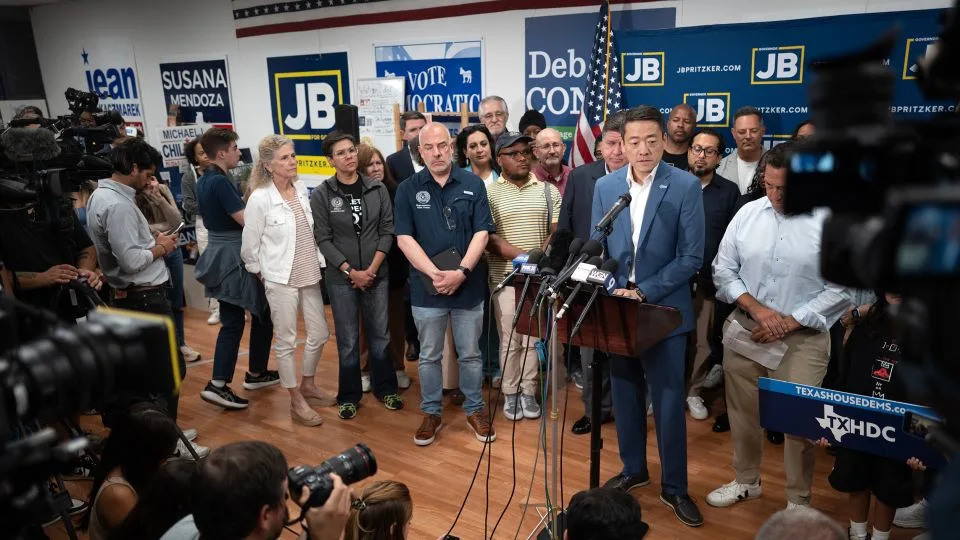
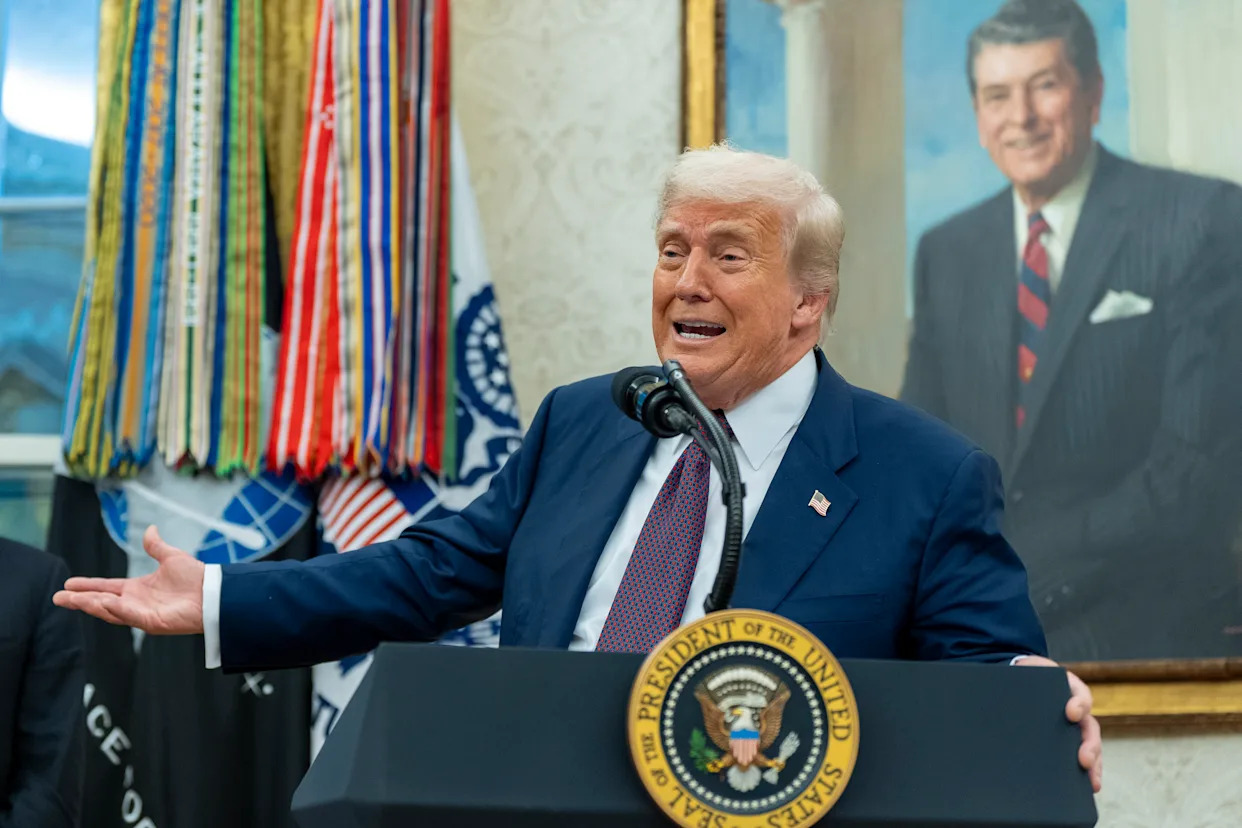
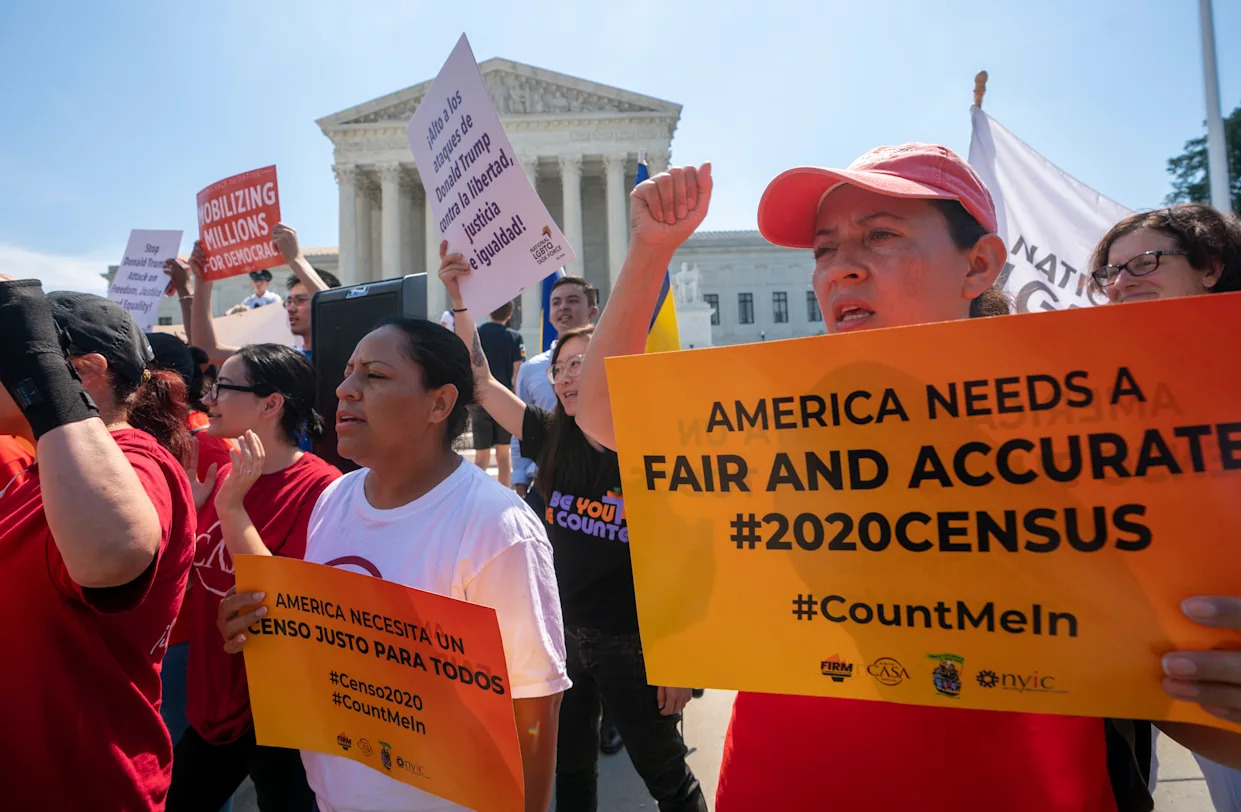
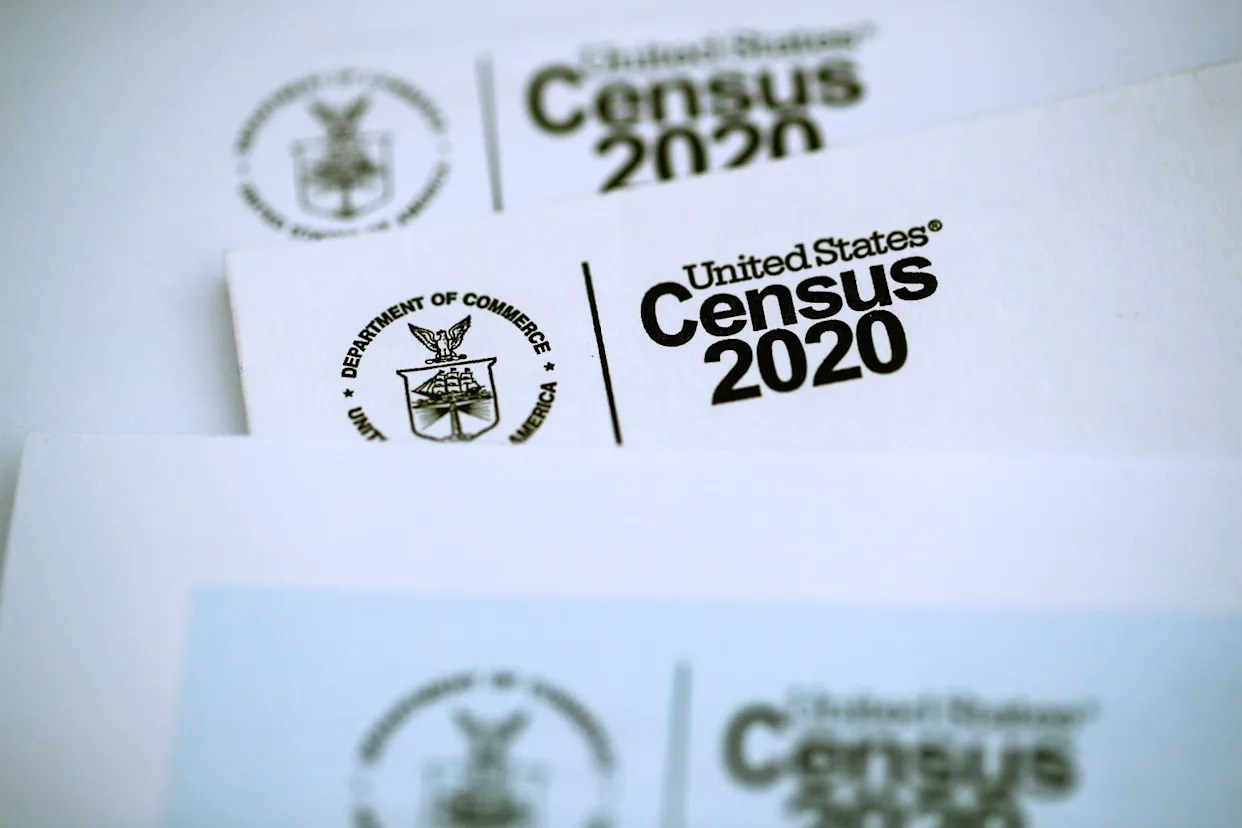
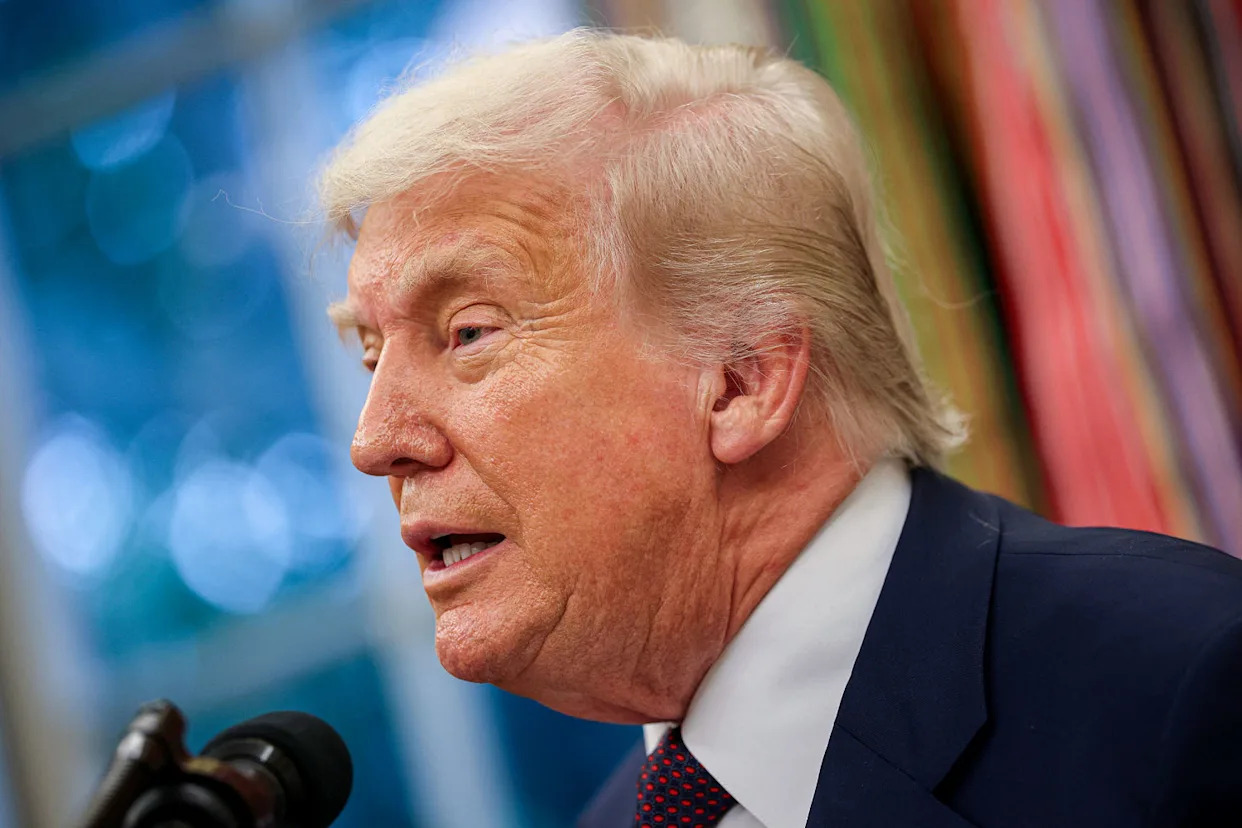
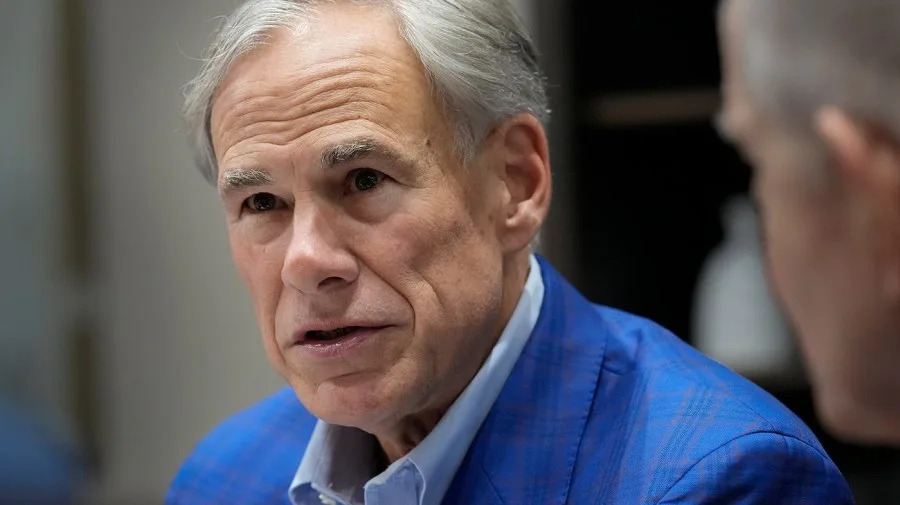
Comments